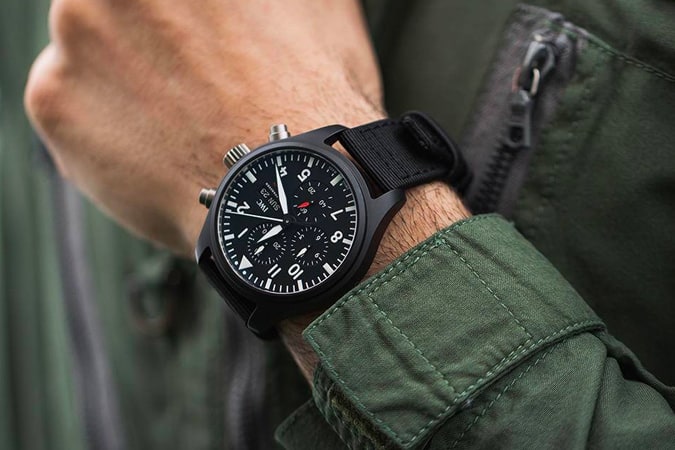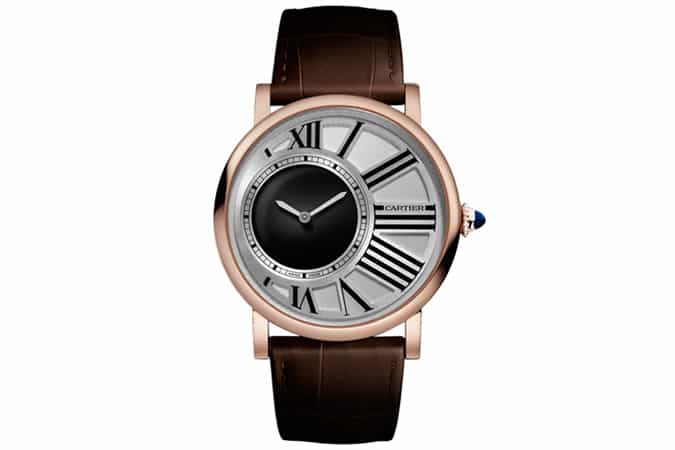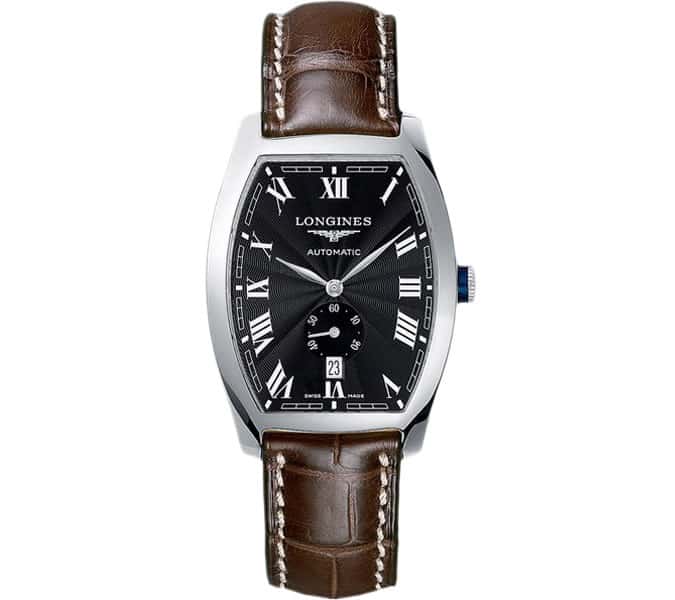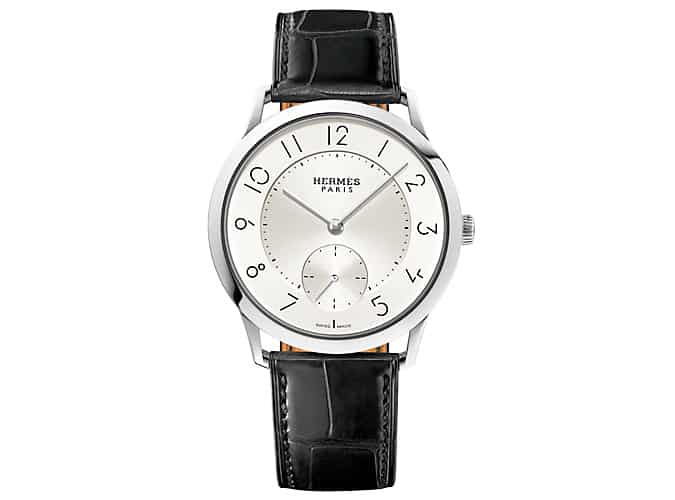Types Of Watches: Which One Is Right For You?
Watch jargon can be confusing, especially when all you want to do is find something that suits your own personal style, doesn’t completely rinse your savings account and isn’t so prone to scratches, knocks or shocks that it can be worn more than one day of the year.
As much as this insider language can feel like a salesperson’s way of bamboozling you to get you to spend more, knowing one type of watch from the next can actually help you decide which one would be most appropriate, both aesthetically and economically. Chronographs are one of the most popular styles but how many owners actually use the signature function? Conversely, your surname doesn’t have to be Cousteau for a diving watch to make perfect sense for you.
Below, you’ll find a broad guide to the most popular and useful types of watches you might encounter, along with classic examples of their kind. Consider it your own personal mood board for the next addition to your watch wardrobe.
Aviation Watches
 IWC
IWC
This first-ever pilot watch was the unlikely-looking Santos – created in 1904 by Louis Cartier to be worn by his aviator friend Albert Santos-Dumont. It is almost unrecognisable as a pilot’s watch today. It was square, the Roman numerals weren’t exactly legible, and it had no chronograph, but it was a start. It was the military that had the greatest influence on the pilot watch design as we know it today.
The likes of the French Aéronavale, the British Ministry of Defence, the German Luftwaffe and the Italian Aeronautica Militare demanded large (some as big as 55mm), easy-to-read, accurate timekeepers with oversized crowns and fluted bezels that could be manipulated with gloves on in a cramped cockpit. They were part of the pilot’s kit – a genuine tool.
Apart from the size, legible luminescent numerals, oversized crowns and, often, a chronograph function are still integral to this particular style. Breitling, the RAF pilot’s watch of choice unless they’re Bremont fans, went one step further and invented a slide rule bezel for its Chronomat to allow for further in-flight calculations, such as fuel consumption, speed and distance.






















